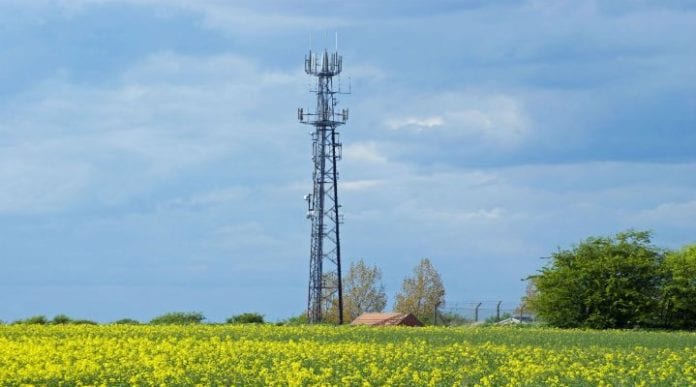DAS and small cells are garnering more attention, but macro sites are still the main deployment method for carriers.
Macro sites are still a vital piece of the growing wireless network ecosystem in a time when some attention has shifted to distributed antenna systems and small cell deployments. We’ve seen this trend develop over the last few years as the wireless industry focuses infrastructure dollars on these smaller deployments, looking for new ways to save money while increasing coverage and capacity indoors, in and around large public venues and other areas of density. With the increased competition for bandwidth and spectrum, we often see the growing trend of networks running over capacity resulting in poor overall network experience for customers in the longer term.
Many may have slowed their macro site developments, but they cannot afford to ignore the explosive growth of demand on the networks. Worldwide wireless network usage continues to grow and that growth is on the verge of choking the existing networks. According to a report from Cisco in February 2016, worldwide network usage grew to 3.7 exabytes in 2015, up from 2.1 exabytes in 2014, and will likely go up again this year. Since carriers cannot afford to risk losing customers due to a dismal network experience, it’s time to start paying attention again to the benefits of investing into new macro site development.
A look into the near future
Although DAS and small cells can solve many issues, they most often shine when used to maximize on immediate investments in the shorter term. The lower deployment barrier for small cells can serve as a temporary fix at sporting events, concert venues, offices and collegiate campuses, which often see increased demand on network capacity. DAS and small cells are also used to reach pockets of lower coverage in large neighborhoods and other areas of need. However, DAS and small cells have a limited range and only cover a limited number of users, which means per-customer cost associated with delivering service can be much higher than traditional macro sites. There is momentum with neutral host solutions to free carriers from needing to commit capital dollars for indoor needs. Furthermore, while reducing regulatory barriers to accelerate siting is a stated priority for the Federal Communications Commission, significant change to improve mobile broadband deployments has yet to manifest itself.
For example, a carrier may decide to install a DAS temporarily in a new neighborhood to meet customers’ immediate needs, but as soon as the neighborhood demographics shift and grow so, too, will the customers’ needs and demands on wireless services. After a few months, the demand on that network may increase to the point where installing more DAS or small cells no longer makes good fiscal sense and a macro site is the answer.
Looking ahead to 5G
As major carriers and global consortiums boast new 5G trials almost daily, the FCC recently announced its plans to help streamline how infrastructure deployments are managed to support 5G planning efforts. But can DAS and small cell deployments keep up? Not likely. If 5G technology continues at this pace, carriers will need to work faster to meet their customers’ expectations.
Let’s not forget that delivering fiber to DAS and small cells can cost just as much as bringing fiber to a macro site. Coupled with the ongoing development of 5G over the next five years and the increased volume of mobile phones, tablets and other devices, carriers will find themselves scrambling to replace equipment in suddenly outdated DAS and small cells. This will only continue to drive the cost of these smaller deployments even higher.
There are a few ways the telecommunications industry can increase network capacity: spectrum, new technology and infrastructure. With the first two areas lagging – not to mention all the research and development that needs to go into them ahead of deployment – infrastructure remains the best and fastest route to improve capacity.
Overall, macro sites can cover a wide range of customers and provide more capacity than DAS or small cells. With current regulations it doesn’t take much to collocate on an existing rooftop or tower. These sites already exist today, and are ready to assist in dealing with the demand on the networks now and well into the future.
The network must keep expanding to keep pace with the high volume of usage and demands that will only continue to grow. With DAS and small cells having limited range, macro sites are more important than ever, and it’s time to revisit our approach to towers before the demand and strain on existing macro site resources reaches a tipping point.
Editor’s Note: In an attempt to broaden our interaction with our readers we have created this Reader Forum for those with something meaningful to say to the wireless industry. We want to keep this as open as possible, but we maintain some editorial control to keep it free of commercials or attacks. Please send along submissions for this section to our editors at: dmeyer@rcrwireless.com.

